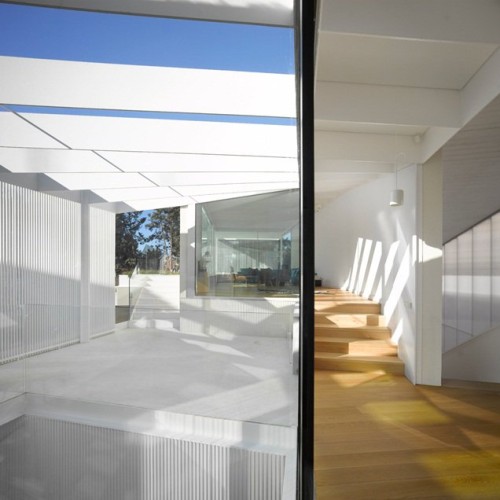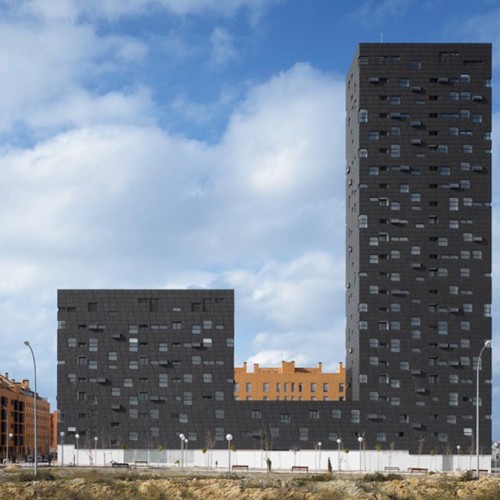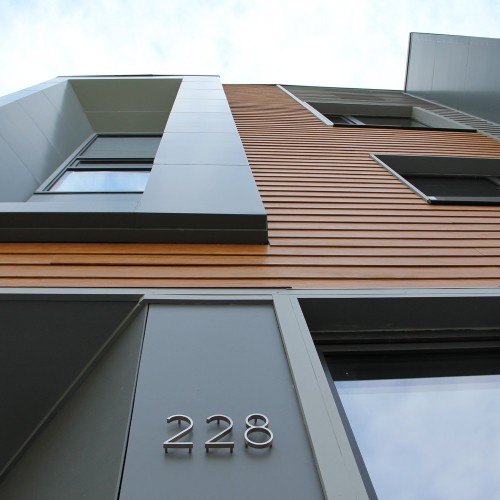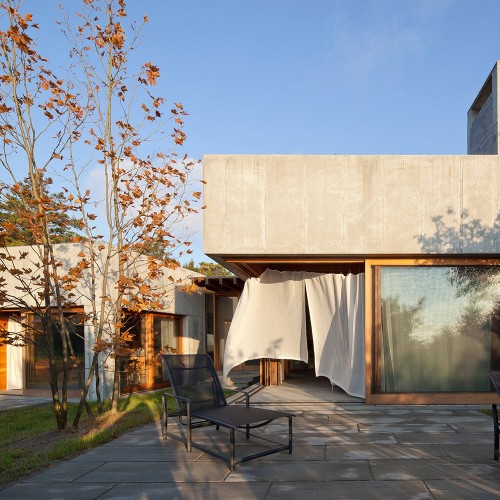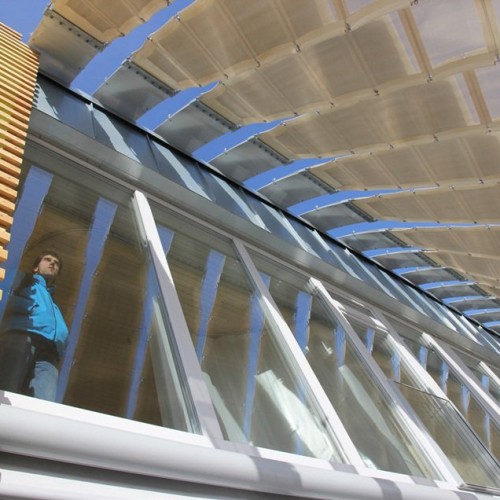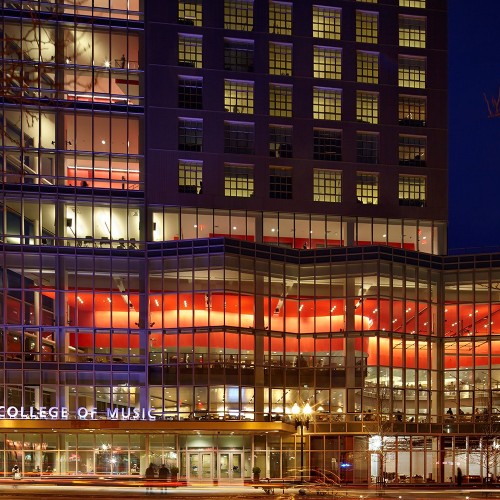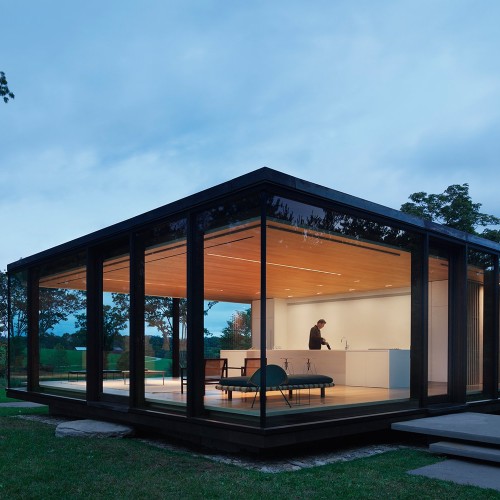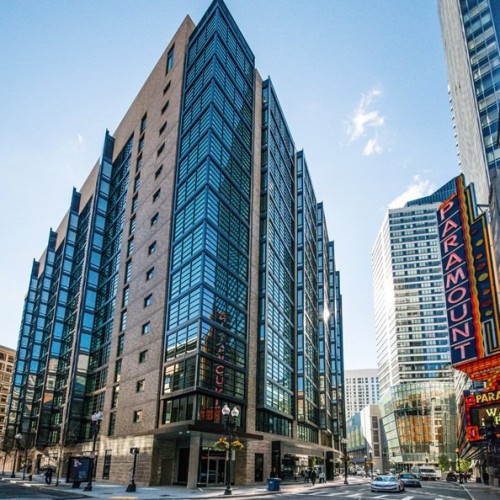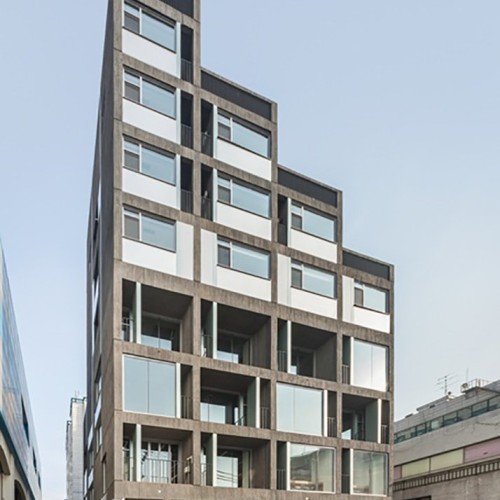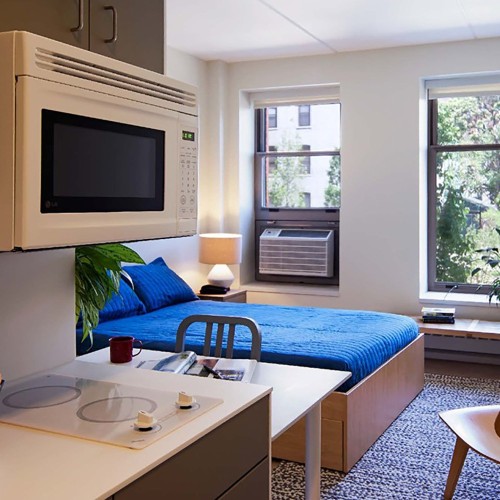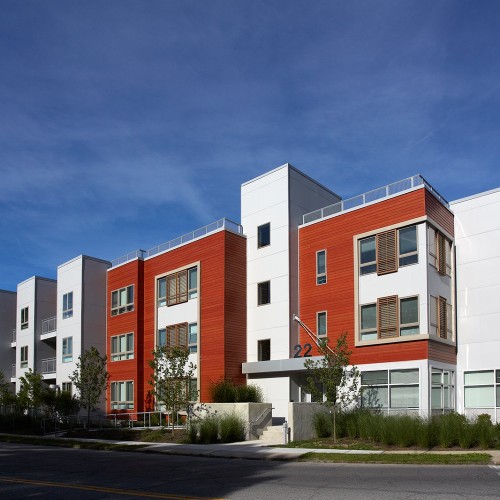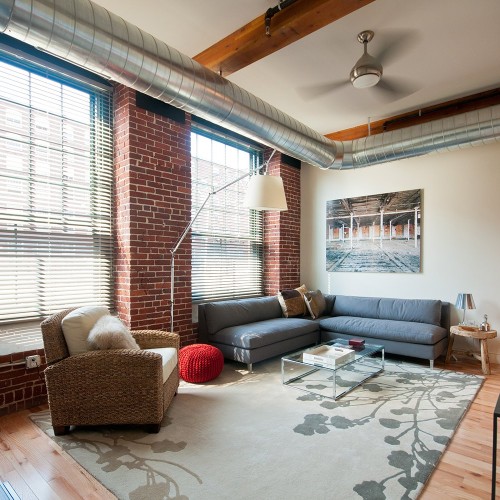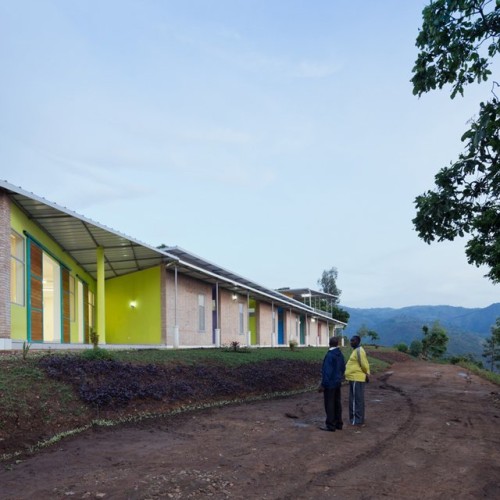Jurors
Jury Overview
We had the opportunity this year to review 79 projects submitted by New England and New York architects and by architects elsewhere in the world who were eligible to submit projects built in New England and New York. That’s nearly double the number of portfolios reviewed in 2012. We hope the increased participation is a sign that the strong economy continues to favor our clients and our profession.
Many program types were represented within the body of work—higher education, affordable, single family, senior facilities. In fact, we quickly sorted the submissions into these groups as a method to better understand the competitive landscape.
The overall quality of design was competent, though not particularly innovative. Throughout the day we questioned the definition of “design excellence” and particularly the role that beauty plays in attaining it. We agreed that to achieve an honor award, any housing project must lead with its loveliness—it must have something special to capture the eye—but must ultimately convince us by the beauty of its use.
Among the affordable-housing submissions, we detected a trend toward community building. Many programs are expanded to include not only dwelling units but also well-designed places where residents and others in the neighborhood can drop in to receive career-building or healthcare services. This acknowledgement of basic community needs is laudable. We commend both clients and designers for responding in a way that does not call attention to the “otherness” of housing meant for people of modest means.
Many submissions highlighted energy efficiency, which is now de rigueur in any conversation about design excellence. We were pleased to note a high number of very convincing adaptive reuse projects emerging from New England and New York, where existing stock is plentiful. There were also several single-family submissions, including interesting examples of prefab and infill. Beauty was plentiful among this group, but it was not easy to find examples of single-family dwellings that fostered community connections.
In addition to considering sustainability, aesthetics, and a building’s role within the greater social fabric, we were keenly attuned to work that responded to its context. Being in a space is a visceral experience, and for any housing structure to attain design excellence, it must relate well to its site—both inside and out. At the end of the day, we identified a total of 15 projects that exemplified design excellence.
As always, serving as jurors is an education, and it was, indeed, that for us this year. We wish to express our appreciation to the Boston Society of Architects and to the AIA New York Chapter for this opportunity, and we encourage all architects to continue to share your housing-design efforts through programs such as this.


